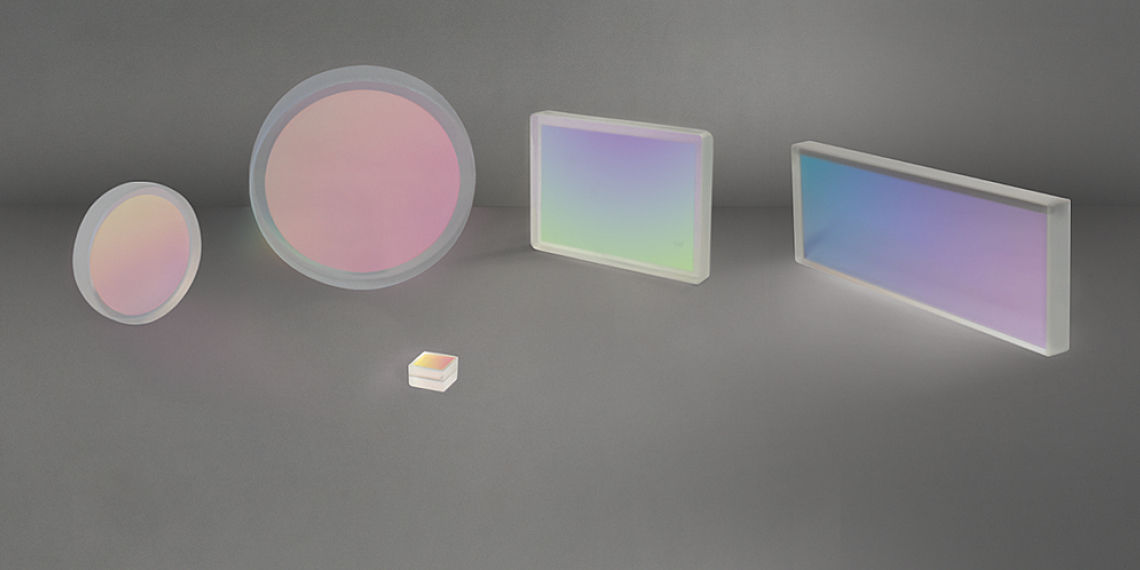
A volume phase holographic grating (also known as a VPH grating or VPHG) operates on the principle of interference, diffracting light due to modulation of the index of refraction within the grating material. Light is transmitted and dispersed by wavelength through a range of angles, dependent on the grating material properties and frequency of modulation (i.e., the spatial frequency in lines per mm). VPH gratings offer optical and instrument designers a tremendous amount of flexibility to optimise performance for a specific application. This note discusses the benefits of the various standard and patented grating design technologies, and the general grating parameters that can be controlled—for wavelengths spanning 300–2500 nm, bandwidths of 20–800 nm, dispersions of 150–5000 lines/mm and dimensions up to 30 cm.

